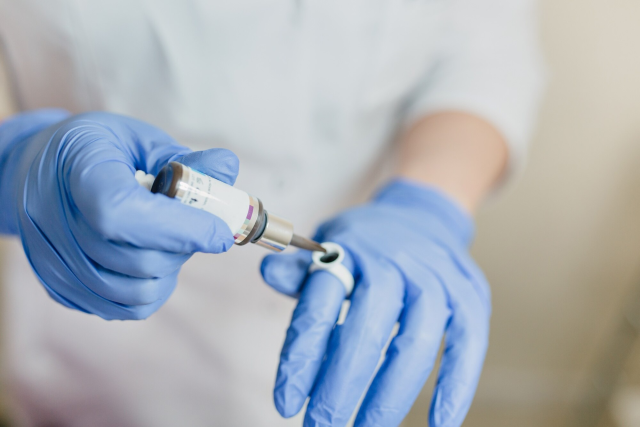
Catheters play a vital role in diagnostic and therapeutic procedures, helping healthcare professionals manage urinary retention, cardiovascular conditions, and intravenous therapies. Choosing the right catheter type ensures effective treatment and better patient outcomes. The global catheters industry was valued at US$ 43.18 billion in 2022 and is expected to reach US$ 84.50 billion by 2030, growing at a CAGR of 6.4% from 2023 to 2030. Each catheter type, from urinary and cardiovascular to neurovascular and intravenous, serves a specific medical purpose.
Breakdown of Different Types of Catheters
Understanding the various catheter types can help healthcare providers make informed decisions when treating patients.
Urinary Catheters
Used for bladder drainage, urinary catheters come in different forms:
- Indwelling (Foley) Catheters – Designed for long-term use, featuring an inflatable balloon to keep them in place.
- Intermittent Catheters – Temporary catheters used for one-time bladder drainage and removed after each use.
- External Catheters – Typically used for male incontinence, worn externally to collect urine without internal insertion.
Cardiovascular Catheters
Essential for heart disease diagnosis and treatment, these catheters support various cardiac procedures:
- Angiographic Catheters – Assist in imaging blood vessels to detect blockages.
- Balloon Catheters – Used in angioplasty to widen narrowed arteries and improve blood flow.
- Electrophysiology Catheters – Help map and treat heart rhythm disorders, aiding in arrhythmia diagnosis.
Central Venous Catheters (CVCs)
These catheters provide long-term intravenous access for patients requiring chemotherapy, dialysis, or intensive treatment:
- Peripherally Inserted Central Catheters (PICC Lines) – Ideal for long-term IV therapy.
- Tunneled Catheters – Designed for extended use with a lower risk of infection.
- Non-Tunneled Catheters – Used for short-term treatments, often in emergency settings.
Neurovascular Catheters
Used in brain and spinal cord procedures, these catheters offer precision-guided treatment:
- Microcatheters – Assist in stroke treatment and aneurysm repair by accessing small blood vessels.
- Aspiration Catheters – Used to remove clots during stroke interventions.
Intravenous (IV) Catheters
Commonly used for fluid and medication administration, IV catheters vary by treatment duration:
- Peripheral IV Catheters – Short-term use for fluids, medications, and emergency care.
- Midline Catheters – Suitable for several weeks of IV therapy.
Key Applications of Catheters in Healthcare
Catheters are essential in multiple medical fields, including:
- Urinary Care – Assisting post-operative recovery and urinary retention management.
- Cardiology – Diagnosing and treating cardiovascular conditions.
- Intensive Therapy – Supporting chemotherapy, dialysis, and long-term IV therapy.
- Neurovascular Treatment – Managing strokes and aneurysms with precision-guided interventions.
- Emergency Medicine – Providing hydration, antibiotic delivery, and critical care support.
Material Composition and Patient Suitability
Choosing the right catheter material is crucial for patient safety and comfort:
- Latex Catheters – Flexible but may cause allergic reactions.
- Silicone Catheters – Hypoallergenic, suitable for long-term use.
- Polyurethane Catheters – Strong and durable, ideal for high-pressure applications.
Guidelines for Catheter Selection in Clinical Practice
To ensure safe and effective catheter use, healthcare professionals should:
- Assess patient needs, including allergies, medical history, and treatment duration.
- Select the appropriate catheter based on diagnostic or therapeutic requirements.
- Follow strict hygiene protocols to prevent infections and ensure patient safety.
Final Thoughts
Understanding the different types of catheters and their medical applications is essential for effective patient care. Whether using a urinary catheter for bladder drainage, a cardiovascular catheter for heart procedures, or a central venous catheter for long-term treatment, selecting the right device ensures better healthcare outcomes.






